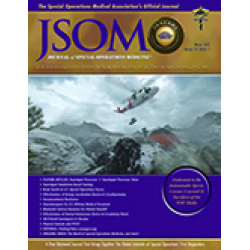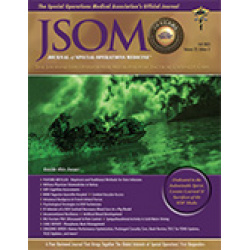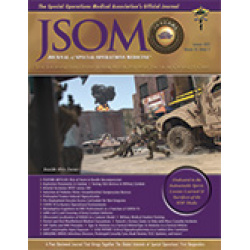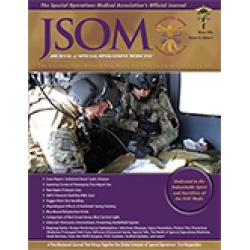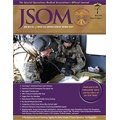Learning Curves of Emergency Tourniquet Use Exploring for Utility in Training
Kragh JF, Mabry RL, Parsons DL, Broussard DW, Aden JK, Dubick MA 16(4). 7 - 14 (Journal Article)
Background: Emergency tourniquet use to control hemorrhage from limb wounds is associated with improved survival and control of shock. In 2013, we introduced a way to measure learning curves of tourniquet users. With a dataset from an unrelated study, we had an opportunity to explore learning in detail. The study aim was to generate hypotheses about measurement methods in the learning of tourniquet users. Methods: We gathered data from a previous experiment that yielded a convenient sample of repeated tourniquet applications used as a marker of learning. Data on consecutive applications on a manikin were used in the current report and were associated with two users, three models of tourniquet, and six metrics (i.e., effectiveness, pulse cessation, blood loss, time to effectiveness, windlass turn number, and pressure applied). There were 840 tests (140 tests per user, two users, three models). Results: Unique characteristics of learning were associated with each user. Hypotheses generated included the following: trainee learning curves can vary in shape (e.g., flat, curved) by which metric of learning is chosen; some metrics may show much learning, whereas others show almost none; use of more than one metric may assess more comprehensively than using only one metric but may require more assessment time; number of uses required can vary by instructional goal (e.g., expertise, competence); awareness of the utility of specific metrics may vary by instructor; and some, but not all, increases in experience are associated with improved performance. Conclusions: This first-aid study generated hypotheses about caregiver learning for further study of tourniquet education and standards.


 English
English 